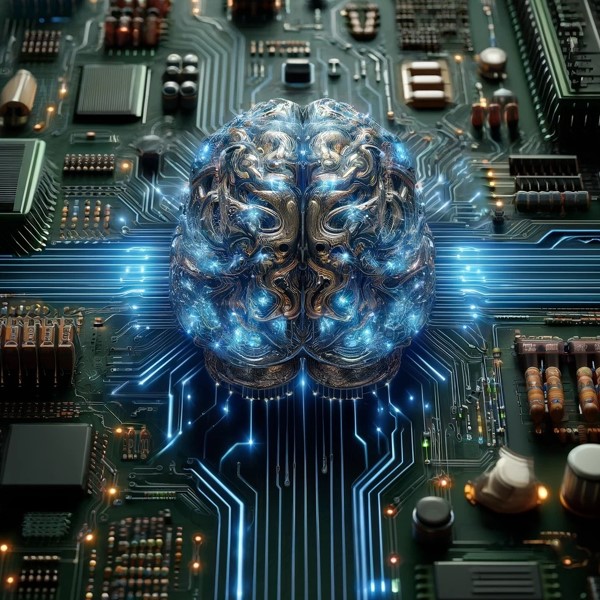 In recent years, relentless digital innovation has become the norm. The symbiotic relationship between AI and cybersecurity has become increasingly crucial, particularly when it comes to protecting sensitive data and digital assets.
In recent years, relentless digital innovation has become the norm. The symbiotic relationship between AI and cybersecurity has become increasingly crucial, particularly when it comes to protecting sensitive data and digital assets.
As cyber threats continue to evolve in complexity, AI has risen as a powerful ally. It equips organizations with sophisticated tools and techniques, enabling them to stay a step ahead of malicious actors.
In this blog post, we explore the cutting-edge AI trends that are not only reshaping the cybersecurity landscape but also strengthening defenses against an ever-growing range of cyber threats.
AI’s Growing Influence in Cybersecurity
As cyber threats become more sophisticated, traditional security measures struggle to keep up. This is where AI comes into play, offering a dynamic and adaptive solution to cybersecurity.
Technologies such as machine learning algorithms and neural networks analyze vast datasets at unparalleled speeds, identifying patterns and anomalies that might escape human detection.
Interestingly, 58% of security professionals anticipate a completely new set of cyber risks in the coming years.
The incorporation of AI in cybersecurity doesn’t replace human expertise but rather enhances it. This allows security professionals to concentrate on strategic decision-making while AI takes care of the heavy lifting of data analysis and threat detection.
AI Innovations Transforming the Cybersecurity Landscape
- Predictive Threat Intelligence: AI is revolutionizing threat intelligence by introducing predictive capabilities. Machine learning algorithms analyze historical data, current threats, and emerging patterns to predict potential future cyber threats. This proactive approach enables organizations to implement preemptive measures and close vulnerabilities before hackers can exploit them.
- Behavioral Analytics: Traditional signature-based approaches struggle to keep up with zero-day attacks and advanced “smart phishing.” However, AI-driven behavioral analytics offer a different approach. They focus on understanding the normal behavior of systems and users, with deviations from these patterns triggering alerts. This helps in identifying potential threats based on anomalous activities rather than known signatures.
- Autonomous Security Systems: The idea of autonomous security systems, powered by AI, is gaining traction. These systems can automatically detect, analyze, and respond to cyber threats in real-time, minimizing response times and reducing the impact of security incidents. The ability to automate routine security tasks enhances efficiency and allows human experts to focus on strategic aspects of cybersecurity.
- Explainable AI (XAI): As AI plays an increasingly critical role in cybersecurity decision-making, the need for transparency becomes paramount. Explainable AI (XAI) addresses this concern by providing insights into how AI algorithms reach specific conclusions. This enhances trust in AI-driven cybersecurity and helps security professionals understand the decisions made by AI systems.
- Cloud Security Augmentation: With the proliferation of cloud services, securing cloud environments has become a priority. AI is being used to enhance cloud security in several ways, including monitoring activities, detecting anomalies, and responding to threats in cloud-based infrastructures. The dynamic nature of cloud environments requires adaptive security measures, making AI a natural fit for bolstering cloud security.
- Deception Technology: Deception technology involves creating decoy assets within an organization’s network to mislead attackers. Companies are now integrating AI into deception technology to make decoys more convincing and responsive to attackers’ behavior. This aids in early threat detection.
Stay tuned as we continue to explore these trends and their implications for the future of cybersecurity.
Here is the link for our free 40 page cyber essentials guide:
https://www.twinnetworks.com/cybersecurity-essentials/
We’re also offering a free cyber security assessment that follows our 21 step proven methodology to show how your current cyber security implementation stacks up.


